
Say goodbye to Inspiron, Latitude, and the rest of Dell’s inscrutable laptop sub-brands. At this year’s CES in Las Vegas, the company announced it would bulldoze the messy naming conventions of its laptop and desktop ranges in favour of a simplified – and distinctly iPhone-like – naming scheme.
Starting this month, a new line of AI-infused Dell, Dell Pro and Dell Pro Max devices will begin to take the place of the brand’s existing product categories, which include OptiPlex, XPS and others.
The new branding applies across the board – from laptops and desktops to monitors and peripherals – making choosing a new Dell device more like picking a new smartphone.
Within the three new simplified categories, there’ll be three tiers of performance, too: a nameless base model, a Plus model and a Premium model that Dell says will offer “the ultimate in design and mobility”.
Speaking to The Independent, Dell’s head of PCs, Kevin Terwilliger, says the goal of the rebrand is to help customers make sense of the company’s dizzyingly vast range of business and consumer laptops, desktops and displays, many of which effectively do the same job. “We looked at our portfolios and what we found was we had multiple overlapping products, and it got confusing for people to understand,” Terwilliger says.
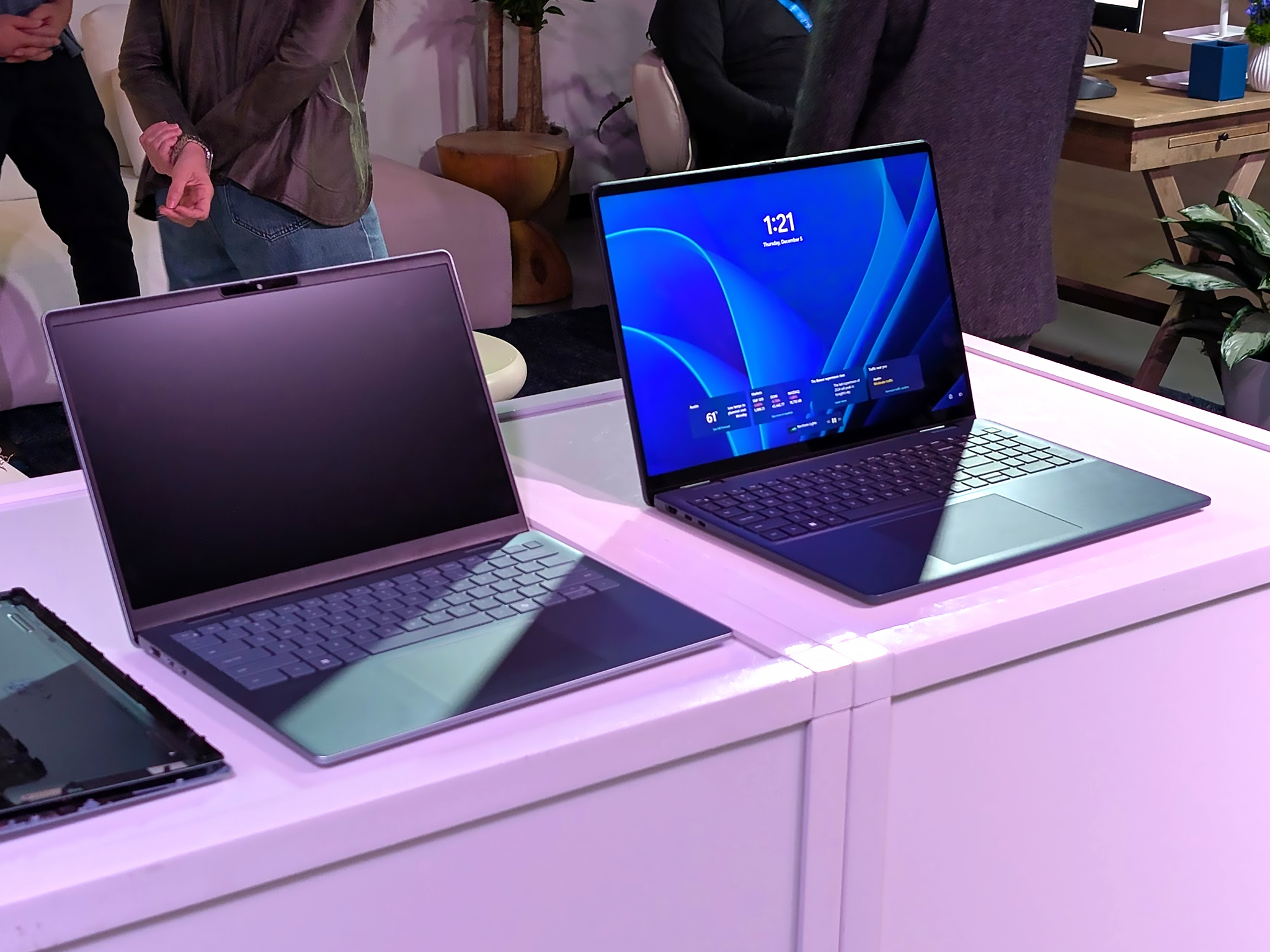
“For example, there’s a Dell XPS 13 and there’s a Dell Latitude 9013 – what the heck is the difference between those two products? So, we took a step back and decided to de-dupe all of it, and, when we did that, what we found was that we could get to a massively simpler structure.”
Dell Pro Premium: First impressions
Ahead of today’s launch, we went hands-on with the first few Dell laptops to carry the new branding. The Dell Pro Premium laptops are made with professional-grade productivity in mind and use a lightweight magnesium unibody design with military-grade durability.
Like the rest of Dell’s newest laptops, the Dell Pro Premium is packed to the gills with AI hardware, running on the latest Intel Core Ultra chipset, which features a dedicated neural processing engine to deliver power efficiency and performance when handling AI tasks.
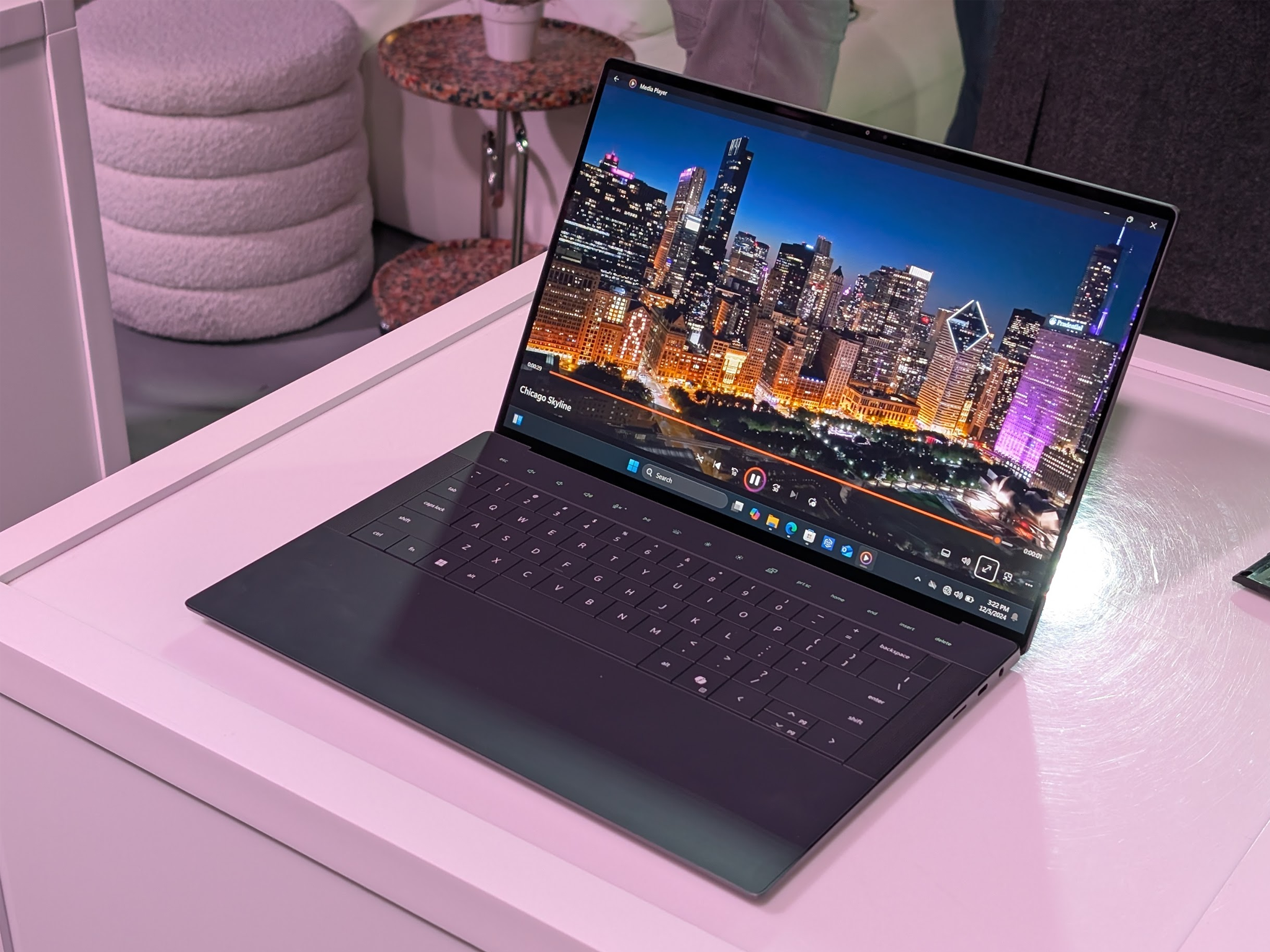
The laptops are certified CoPilot+ PCs, meaning they can take advantage of the gradually improving AI offering of Windows 11. That includes Microsoft’s as-yet-unreleased Recall feature, which continuously grabs snapshots of your screen, so you can instantly search for anything you’ve seen or done on your laptop recently.
Read more: The best laptops, reviewed
The headline improvement to the 14in model is a new tandem OLED display – a rarity even on premium laptops. The cutting-edge screen tech is already used by Apple in the iPad Pro series. The Dell Pro Premium delivers a vibrant and bright display, familiar to anyone who’s used Apple’s top-end tablet, with inky blacks and rich colours, and a reduced risk of image burn-in and a much-reduced impact on battery life.
Dell Pro Premium specs, price and release date
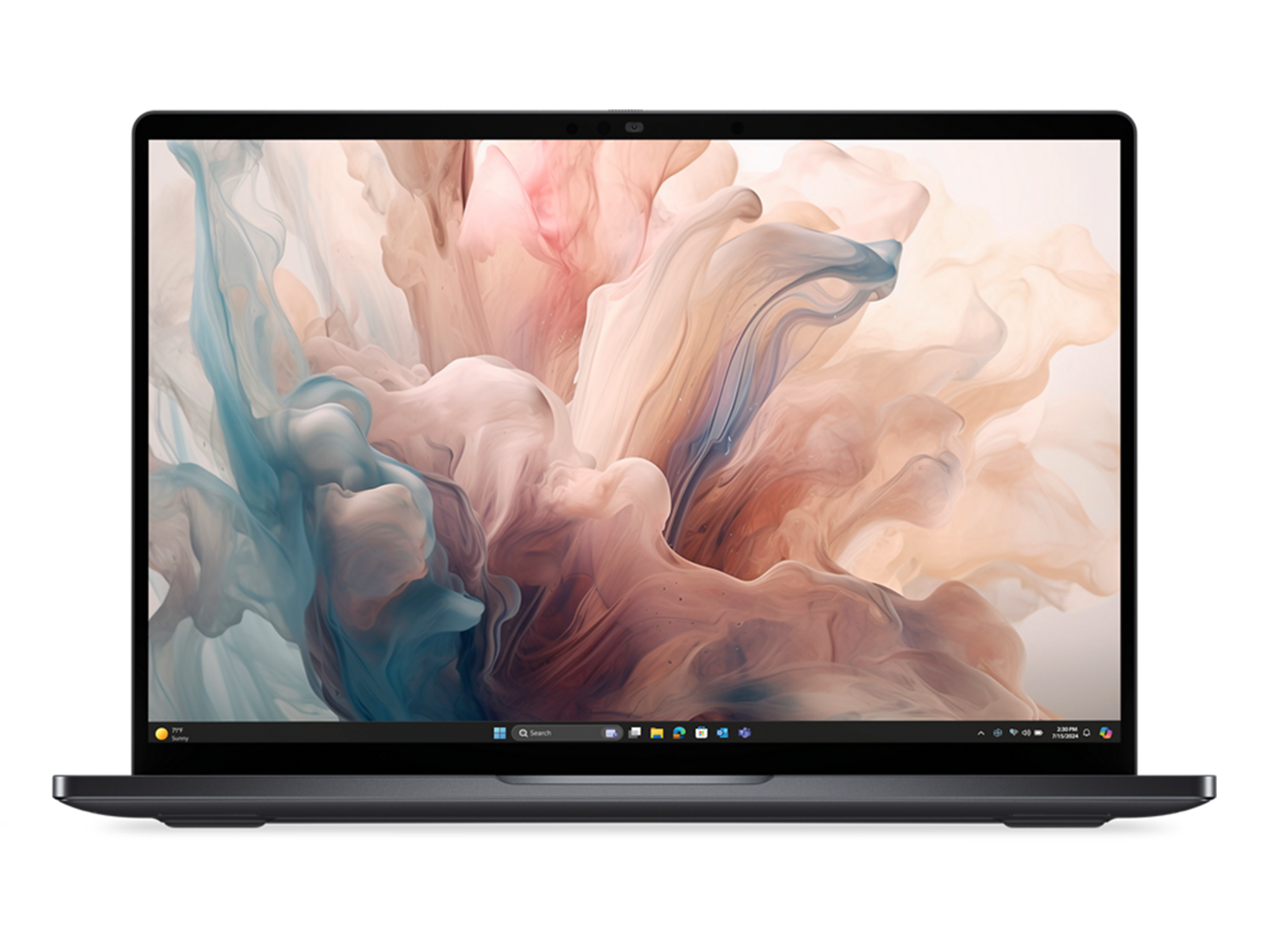
The Dell Pro range will be first to launch on 6 January, coming in three sizes – 13in, 14in and 16in. It will be followed by the entry-level Dell laptops in February and the Dell Pro Max in early spring.
Dell hasn’t yet revealed the full pricing structure for its new Pro tier devices, but laptops in the entry-level tier will start at $999 (£799) for the 14in Dell Plus two-in-one laptop.
New Dell UltraSharp monitors
Dell’s display line-up is getting a similar overhaul, though the company isn’t quite ready to ditch the UltraSharp name as part of its big rebrand. “It’s a very descriptive name,” says Terwilliger. “It’s not a word we made up like Inspiron,” he jokes. “It’s ultra sharp.”
Dell showcased several “world’s first” monitors at CES, including the UltraSharp 4K Thunderbolt Hub Monitor (from £699.99, Dell.com), the first monitor to use enhanced IPS black for extremely high colour accuracy and an impressive 3,000:1 contrast ratio.
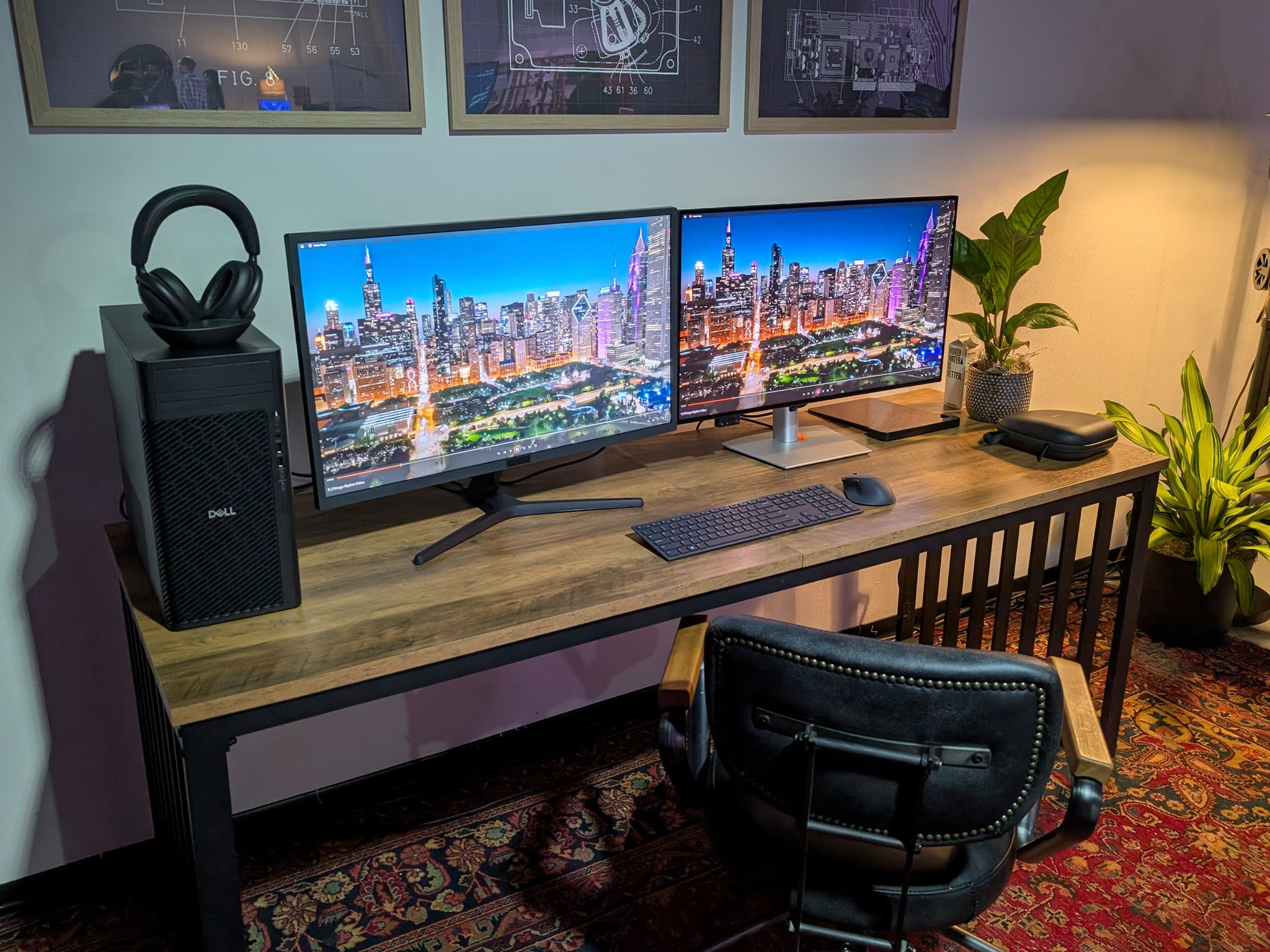
The new display looks impressive in person, whizzing through night-time cityscape screensavers to demonstrate how enhanced IPS black can juggle dynamic brightness levels without the usual ghosting artefacts. Faster response times in gaming are the main advantage of the new technology, so it will take more hands-on testing to see how Dell’s display compares to traditional IPS monitors and OLED monitors. It launches on 25 February.
The real showstopper in the new display line-up is the Dell 32 Plus 4K QD-OLED (from £799.99, Dell.com), which combines 4K QD-OLED visuals with impressive-sounding integrated 3D spatial audio. The monitor continuously tracks your head movements and uses an array of five 5W speakers and beamforming audio tech to direct 3D sound towards your ears. That model is due to launch in May.
What’s happening to the Dell XPS range?
The consumer-focused Dell XPS routinely features in our guide to the best laptops, owing to its sharp design, fast performance and highly customisable specs. The rebrand will see the XPS fall under the new Dell Premium category – essentially the best model available in the basic tier – when new XPS models launch this summer.
If you’re thinking that seems an odd placement for what many would consider the best laptop Dell makes, you wouldn’t be alone. “Dell Premium would be our MacBook Air compete, very focused on being the thinnest, lightest and most mobile,” says Terwilliger. “The Premium tier of Dell Pro Max, those will be our MacBook Pro compete systems.”
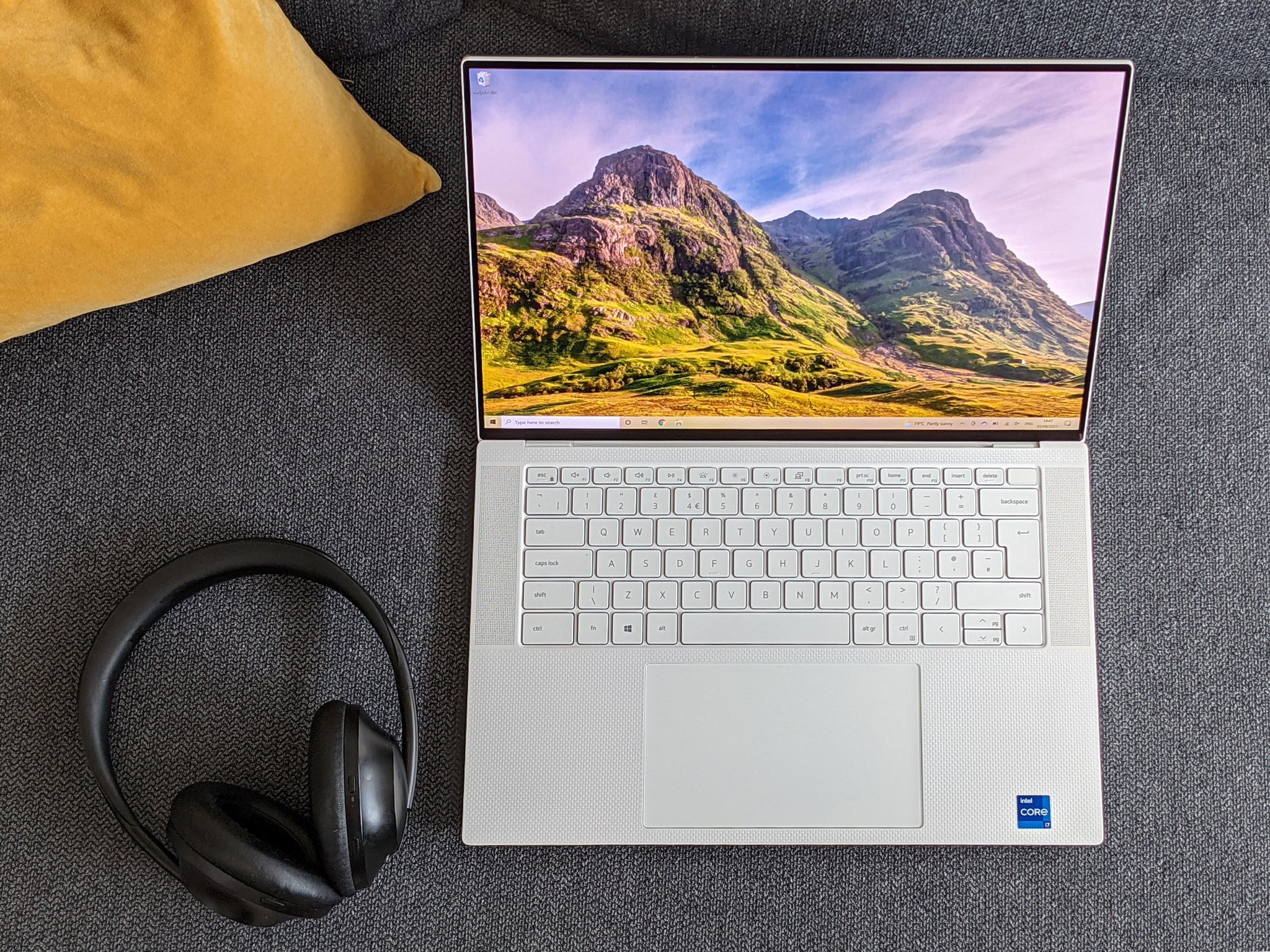
In terms of appearance, design and function, the Dell Premium models we previewed ahead of launch are effectively the new Dell XPS 13 – which stars in our round-up of the best laptops of 2024. The showcased model featured the same flush trackpad, touch-sensitive function row and zero-lattice keyboard, all details we were impressed by when we reviewed the device under the XPS banner.
In short, while the name might change, the Dell XPS isn’t going anywhere.
Looking for a new smartphone? We’ve rounded up the best phones from Apple, Samsung and more







